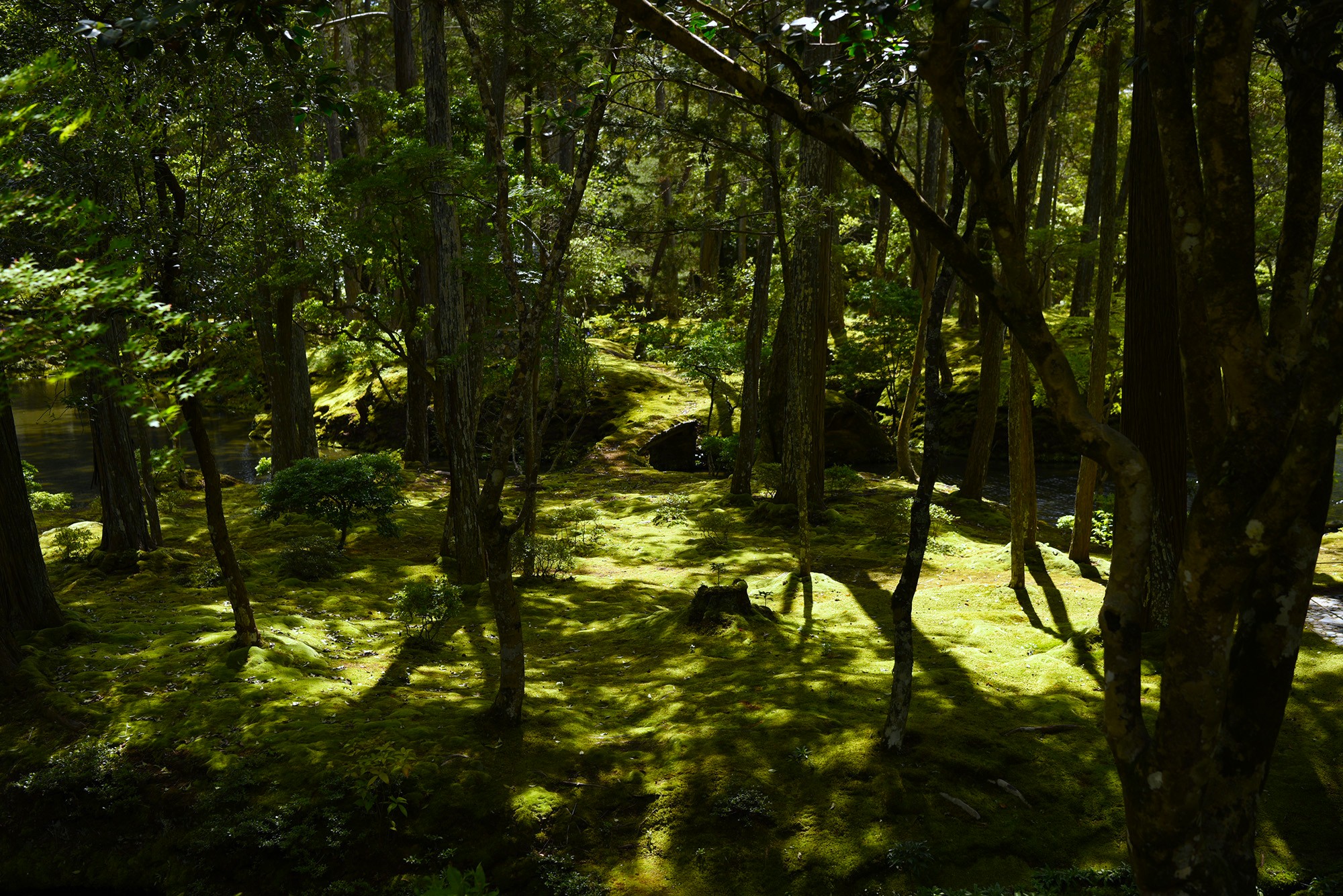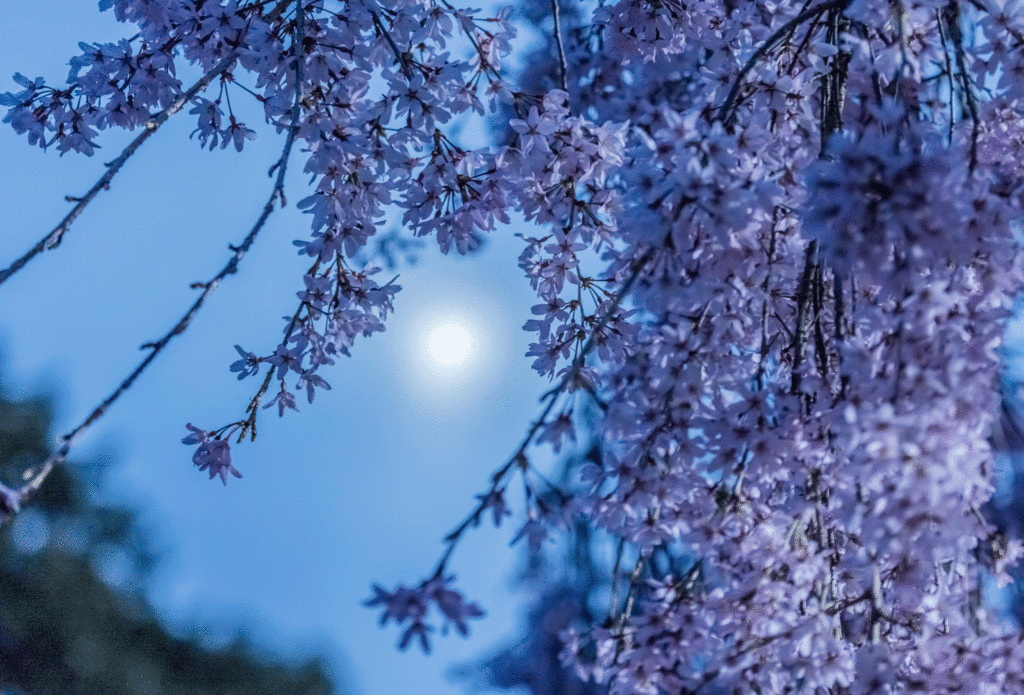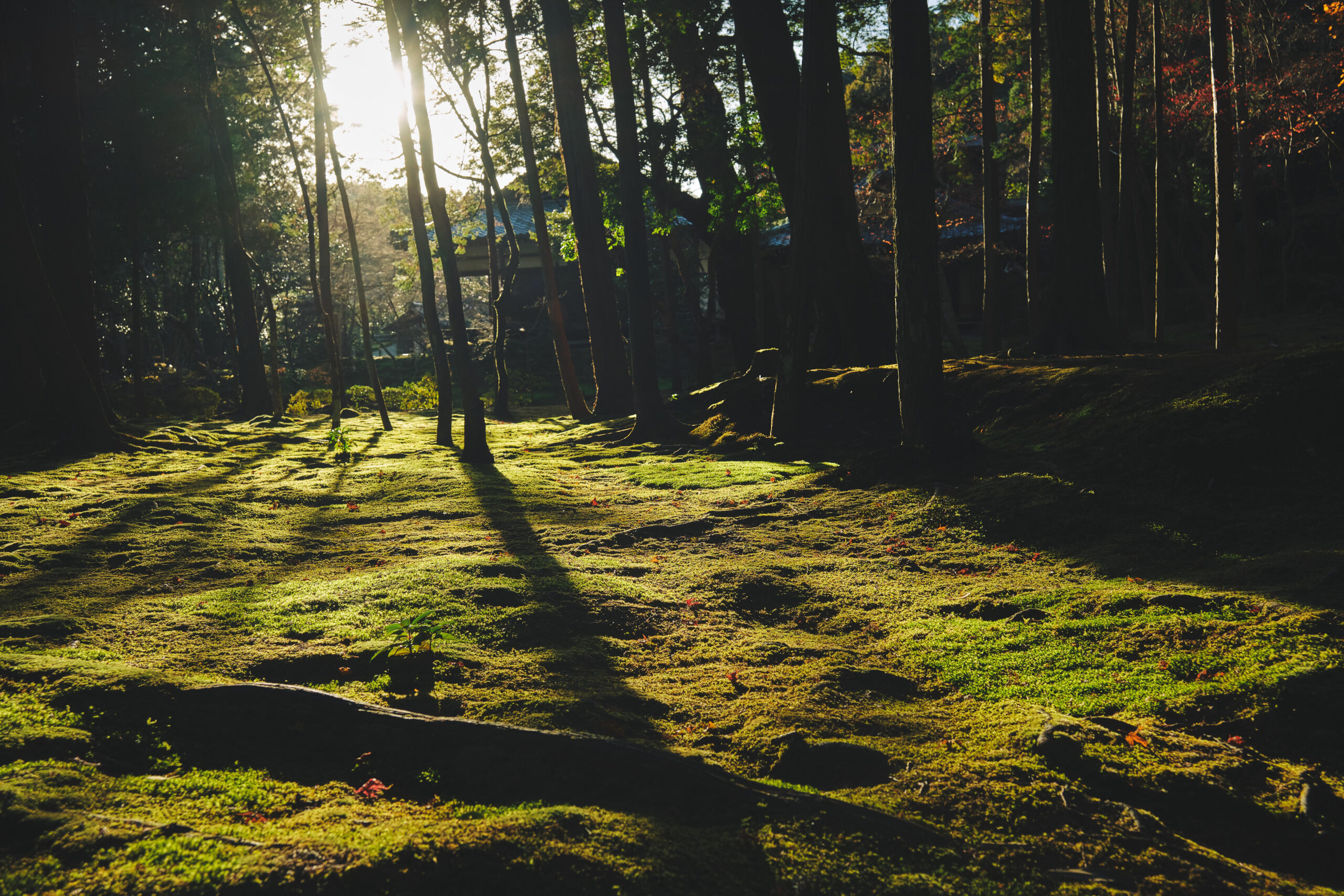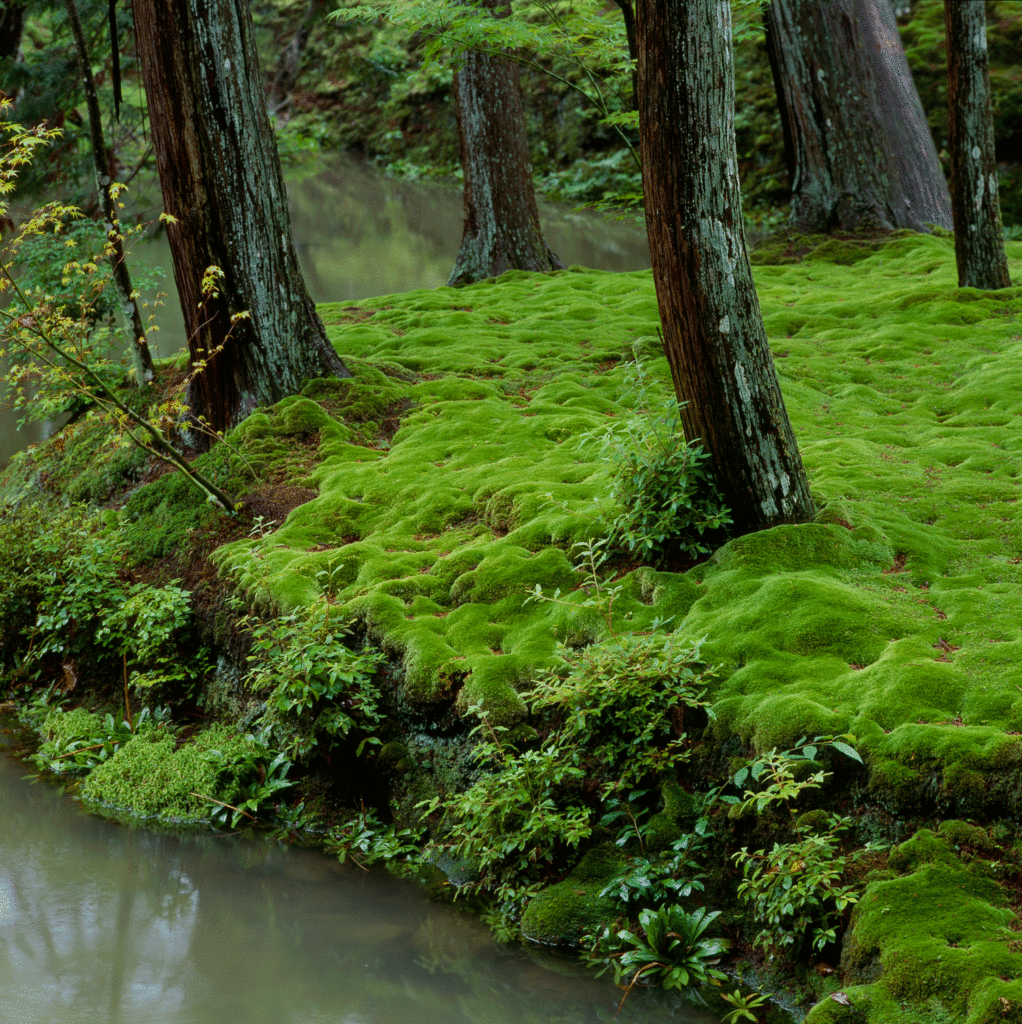2025.9.20
Winds of Gold—A Hundred Views of Saihoji Vol. 17
Peter MacMillan / a translator, scholar, poet
In this series of essays on Saihoji the renowned translator of Japanese poetry and poet Peter MacMillan records his impressions of and reflections on his visits to the garden throughout the four seasons. We hope that through these essays you the readers and fans of Saihoji can feel as if you are also present in the magical garden even when you cannot visit us.
I Can’t Get to the Heart of It
It is the height of summer after a rain shower and the garden is covered in a dappled canopy, bathed in shafts of golden sunlight shining through the leaves in countless beams. The beams strike the velvet moss making the tiny dewdrops shimmer on its emerald surface. The air is filled with the scent of damp earth and sunlit leaves. The shadows of tree trunks stretch long and cool on the moss and on the path; other shadows are like lace, their edges soft and constantly shifting as the lightest breeze stirs the branches overhead. In the full and half-lights of shadow and sun, it is as if the moss is glowing from within, a luminous green quilt with flickering patterns of light and shade. The pond is a canvas of ripples and movement and dazzling reflections of the sky and light. The garden is filled with both the magic, sacred, intensity of summer movement and the stillness of ancient times.

I am trying to capture this density, this intensity, the everchanging endless variety of the beauty of Saihoji of a hot summer day. No matter how many times, nor how long I stay, I can never truly capture the beauty of the garden in words. I recall the lines of Scottish novelist Ali Smith in her novel Summer:
So, we mourn it while we’re in it. Look at me walking down a road in summer thinking about the transience of summer. Even while I’m right at the heart of it I just can’t get to the heart of it.
No matter how I also try, I can’t capture the heart of Saihoji. For example, perhaps some of these words will capture the light of the garden today:
Blazing, brilliant, bright, radiant, dazzling, glowing, gleaming, golden, silver, amber, iridescent, flickering, shimmering, glints, gleams, shadows, shimmers.
Yes, they do, but no they don’t, too.
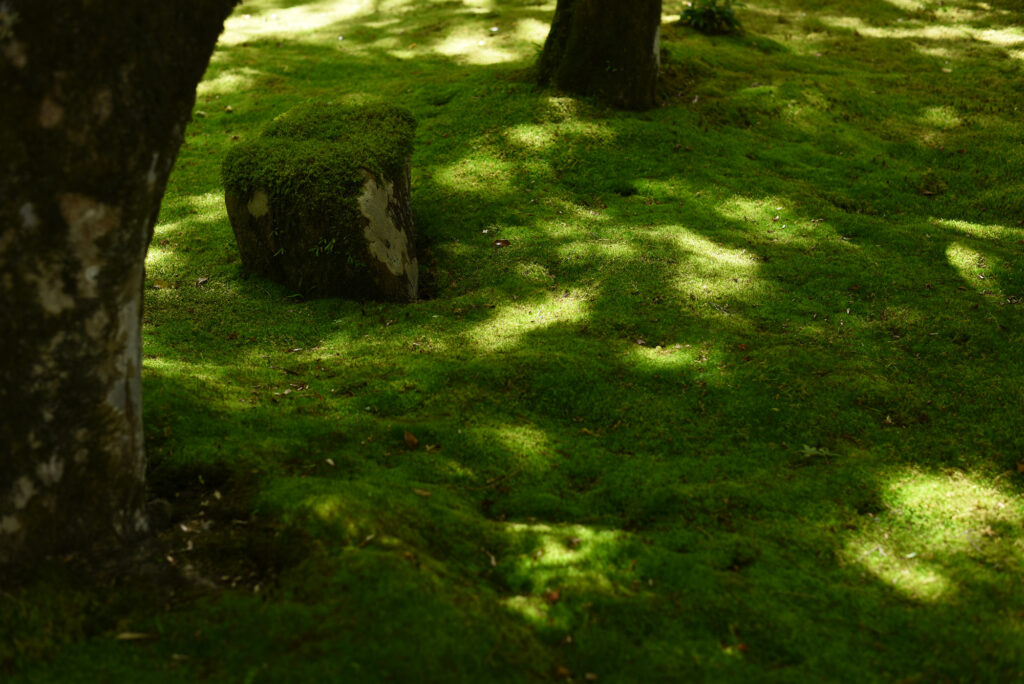
As a writer I always face the limits of language and the fact that the beauty of nature refuses to be trapped in words. It is like the poem by Emily Dickinson.
“To see the Summer Sky”
To see the Summer Sky
Is Poetry, though never in a Book it lie—
True Poems flee—
Dickinson playfully suggests that real poetry is not found in books—it exists instead in experience and nature. The poem suggests that the essence of poetry lies not in written language, but in experiencing the beauty and mystery of the natural world—something that can't be fully captured or trapped on a page. Ironically, she transforms the dilemma that all writers face in trying to capture the beauty of the natural world into a truly beautiful poem.
The garden of Saihoji is different on each occasion that I go. It is also elusive and fleeting and no matter how hard I try, I can never capture it fully. That is why, while I am always observing Saihoji, always trying to capture it, I am also always mourning it.
Peter MacMillan
Peter MacMillan is a prize-winning translator, scholar, poet, and President of The Moon is a Boat Co., Ltd.
His translation, One Hundred Poets, One Poem Each (Hyakunin Isshu), was published in 2008, winning prizes in both Japan and the United States. After that, he completed an English translation of The Tales of Ise (Ise Monogatari), which was published by Penguin in 2016. He has also published a collection of poetry entitled Admiring Fields.
Awards:
Recipient of the Donald Keene Center Special Prize for the Translation of Japanese Literature
Recipient of the 44th Special Cultural Translation Prize from the Japan Society of Translators
Nominated for the PEN Award for Poetry Translation for the English translation of The Tale of Ise (Ise no Monogatari)



